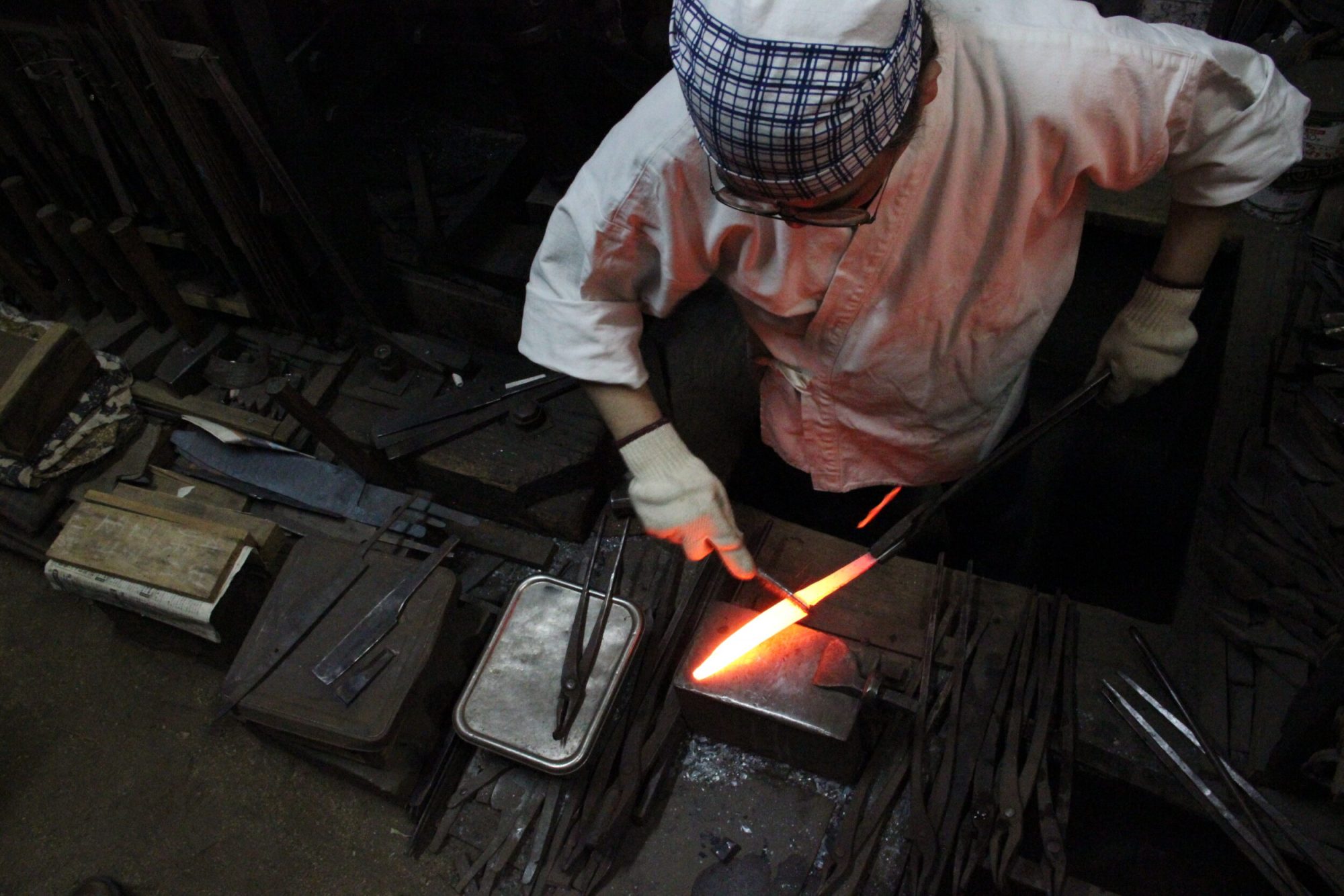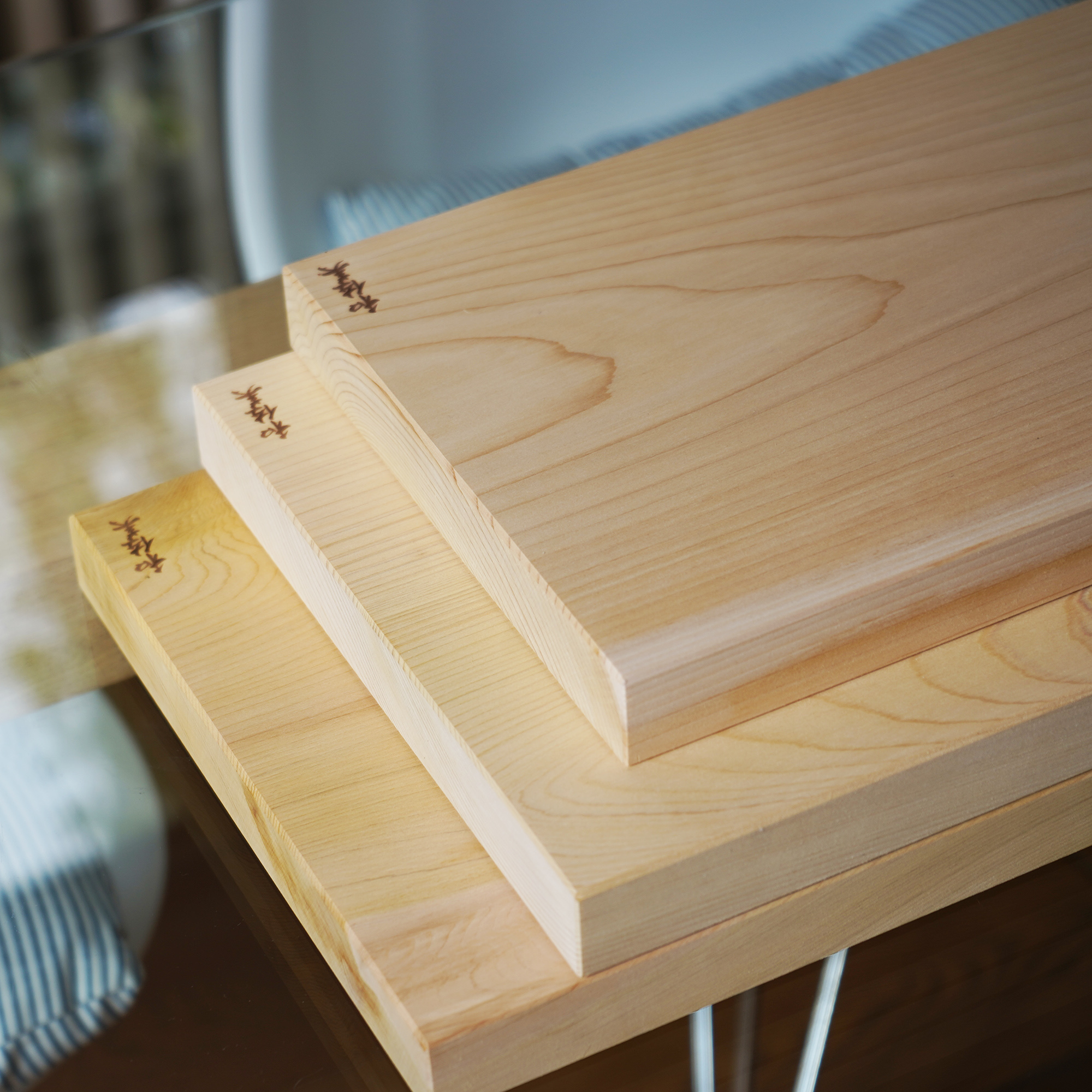In the ever-evolving landscape of craftsmanship and quality, one philosophy stands as a timeless beacon, guiding artisans and manufacturers alike towards a path of continuous improvement. This philosophy, deeply rooted in Japanese culture, is known as “kaizen,” and it has become a cornerstone of excellence, transcending borders and industries alike.
Kaizen: The Origins of a Timeless Philosophy
The origins of kaizen can be traced back to the post-World War II era, when Japan found itself in a state of economic turmoil, struggling to rebuild its manufacturing sector. It was during this time of adversity that the concept of kaizen was born, introduced by scholars and business leaders who recognised the need for a systematic approach to quality improvement. Drawing inspiration from the teachings of prominent American experts like W. Edwards Deming and Joseph M. Juran, the Japanese embraced the idea of continuous, incremental improvements as a means to enhance productivity, reduce waste, and ultimately, achieve world-class quality standards.
At its core, kaizen emphasises the importance of small, consistent steps towards betterment, rather than relying on infrequent, large-scale changes. It encourages a mindset of constant reflection, analysis, and adjustment, fostering an environment where every aspect of a process, no matter how seemingly insignificant, is subject to scrutiny and potential improvement.
The principles of kaizen quickly permeated various sectors of Japanese industry, from manufacturing to healthcare, and even into the realm of personal development. Its impact was profound, contributing significantly to Japan’s remarkable economic resurgence and establishing the nation as a global leader in quality and efficiency.
Kaizen in the Modern Age

While kaizen’s roots may be firmly planted in Japanese soil, its influence has transcended borders and cultures, becoming a universally recognized philosophy for achieving excellence. In today’s highly competitive global marketplace, organisations across diverse industries have embraced the principles of kaizen, recognizing its power to drive continuous improvement, enhance customer satisfaction, and foster a culture of innovation.
From Fortune 500 companies to small, family-owned businesses, kaizen has become a cornerstone of operational excellence. Its principles are applied in lean manufacturing processes, quality management systems, and even in the realm of personal and professional development, promoting a mindset of lifelong learning and constant self-improvement.
At Oishya, we have wholeheartedly embraced the spirit of kaizen, weaving its principles into the very fabric of our operations and craftsmanship. Our unwavering commitment to this timeless philosophy is what sets us apart, allowing us to create products that not only meet but exceed the highest standards of excellence.
From Material Selection to Masterful Craftsmanship

At Oishya, our pursuit of perfection begins with the meticulous selection of the finest materials. We don’t settle for ready-made components or mass-produced goods; instead, we meticulously curate and partner with artisans from Japan and Europe who share our passion for their craft and our dedication to creating one-of-a-kind kitchenware that will stand the test of time.
Our quest for perfection begins with the sourcing of high-quality materials, each chosen for its unique properties and potential to contribute to the overall beauty and functionality of our products. From the premium Japanese steel used in our knives to the exquisite European maple burl employed in our handles, every material is carefully evaluated and selected to ensure it meets our unwavering standards.
It is in the skilled hands of our artisans that the true spirit of kaizen comes to life. In the ancient city of Sakai, Japan, we have forged a partnership with one of the most respected and talented blacksmiths, a true master of the art of bladesmithing. This artisan, whose family lineage traces back centuries, has dedicated their life to perfecting the traditional Japanese methods of knife-making, refining each step of the process with the utmost care and attention to detail.
The journey of crafting a single Sakai Kyuba knife, our premier collection, is a testament to the artisan’s unwavering commitment to kaizen. It takes more than three months and over 220 individual steps to forge one of these exceptional blades, each movement executed with meticulous precision, honed by generations of knowledge and experience.
Across the Sea, a Parallel Journey of Kaizen
While our blades are born in the forges of Japan, their journey towards perfection continues in the skilled hands of European artisans, who take on the task of crafting the handles that will complete these remarkable pieces. Like our Japanese counterparts, these craftspeople are driven by the spirit of kaizen, constantly seeking to refine their techniques and push the boundaries of what is possible.
The handles of our Sakai Kyuba knives are meticulously crafted from limited European maple burl, a rare and highly prized material that undergoes a meticulous stabilisation process. This intricate procedure, which can take years to complete, involves impregnating the wood with resin under immense pressure, ensuring that every handle is not only visually stunning but also incredibly durable and water-resistant.
But the artistry does not stop there. In a true celebration of kaizen, our craftsmen have mastered the art of dyeing the stabilised wood, transforming the natural hues into vibrant shades that range from olive green to Mediterranean blue. This painstaking process, which can take up to a week for a single handle, is a testament to their commitment to pushing the boundaries of their craft, blending tradition with innovation to create something truly extraordinary.
Kaizen in Action: Continuous Improvement at Every Step

The spirit of kaizen permeates every aspect of our operations at Oishya, from the initial design and prototyping phases to the final assembly and quality control processes. Our team of skilled artisans and engineers are encouraged to continuously evaluate and refine their techniques, always seeking opportunities for improvement, no matter how small or incremental the change may be.
This commitment to kaizen manifests itself in countless ways, from subtle adjustments to the blade’s edge geometry or the handle’s ergonomic design, to refinements in the heat treatment processes or the introduction of innovative finishing techniques. Each of these improvements, no matter how seemingly insignificant, contributes to the overall quality and performance of our products, ensuring that they not only meet but exceed the expectations of our discerning customers.
Moreover, the principles of kaizen extend beyond the realm of product development and manufacturing. At Oishya, we actively encourage our employees to embrace a mindset of continuous learning and self-improvement, fostering an environment where every individual is empowered to identify areas for growth and actively seek out opportunities to enhance their skills and knowledge.
Through regular training sessions, workshops, and cross-functional collaboration, our team members are exposed to a diverse range of perspectives and best practices, enabling them to continuously refine their approaches and stay at the forefront of their respective fields.
The Fusion of Traditions: A Unique Minimalist Style Born of Kaizen
At Oishya, we understand that true beauty lies in the seamless fusion of diverse traditions and cultures. This is why we have taken the individual strengths and techniques of our Japanese and European artisans and combined them to create a unique minimalist style that is both functional and aesthetically captivating.
Our products are not merely tools for the kitchen; they are works of art, designed to inspire and elevate the culinary experience. Each piece is a harmonious blend of Japanese precision and European elegance, crafted with a keen eye for detail and an unwavering commitment to quality.
This fusion of traditions is a direct result of our kaizen mindset, as we continually seek to integrate the best practices and techniques from diverse cultures and disciplines, creating something truly exceptional in the process.
The Legacy of Kaizen: Creating Joy and Lasting Memories

At Oishya, we believe that our products are more than just tools; they are vessels for creating joy, forging lasting memories, and celebrating the art of cooking and sharing meals. We understand that the hours spent in the kitchen, meticulously preparing a meal, are not merely tasks but moments of joy, creativity, and connection.
Food has the power to bring people together in an unparalleled way, transcending boundaries and fostering a deeper appreciation for diverse cultures and traditions. It is a means through which eternal memories are created, passions are discovered, and love and joy excel.
This is why we are committed to providing kitchenware that is not only functional but also imbued with the spirit of kaizen, crafted to stand the test of time and serve as cherished heirlooms, passed down from generation to generation. Each piece is a reflection of our unwavering dedication to quality, craftsmanship, and the relentless pursuit of perfection, one step at a time.


























